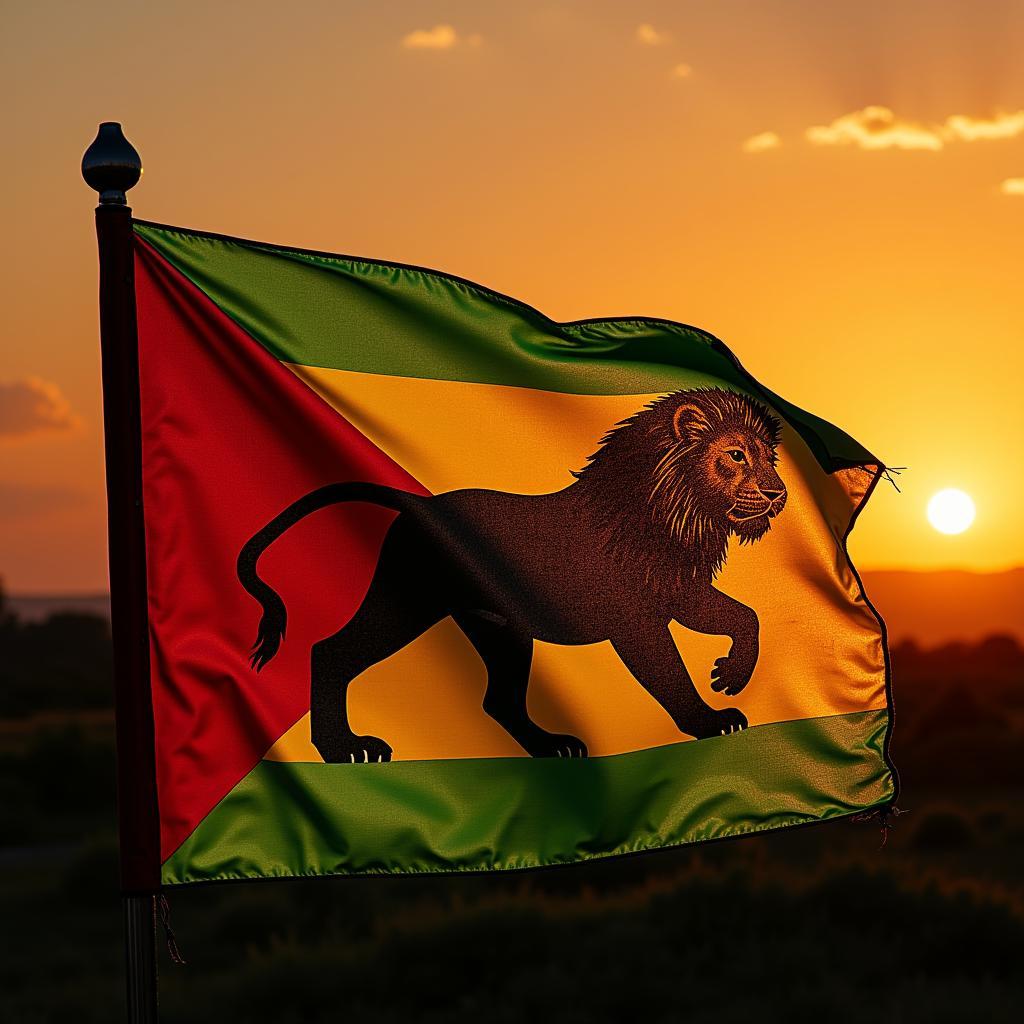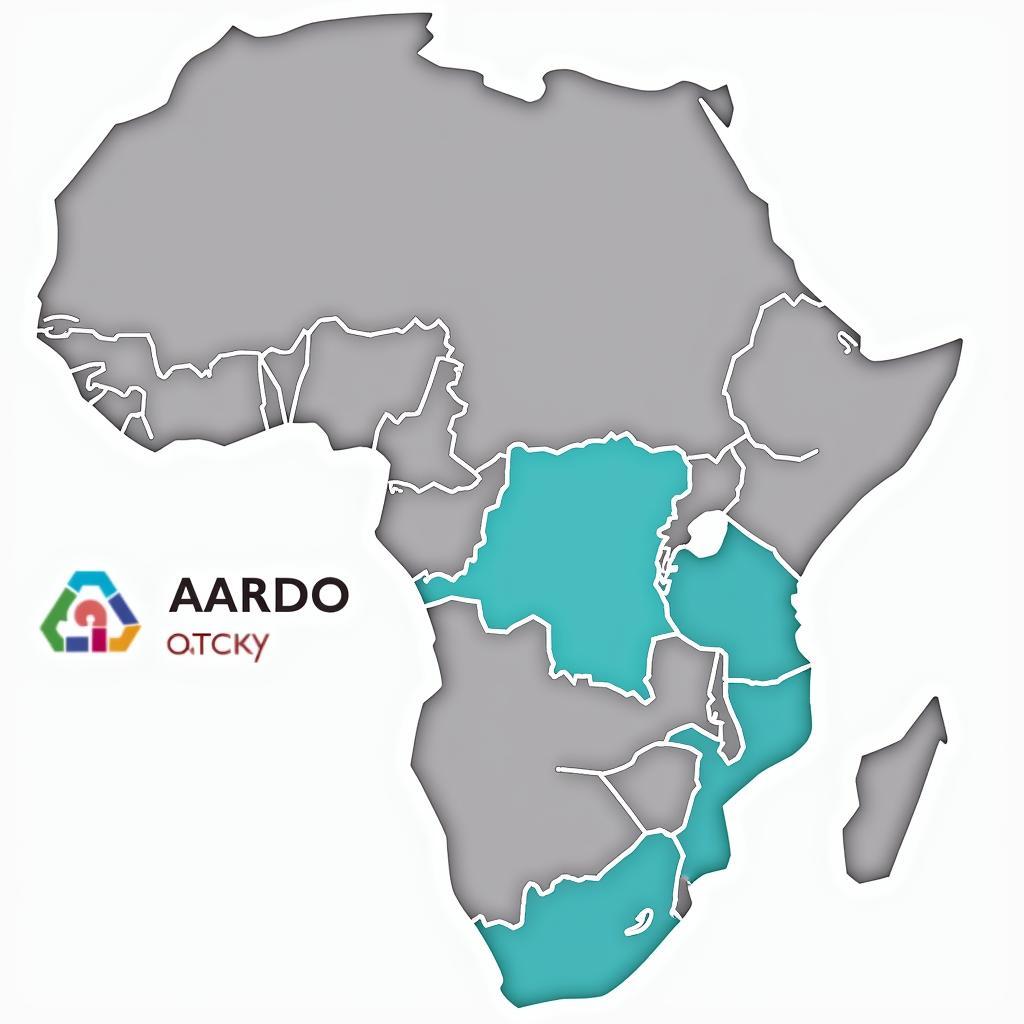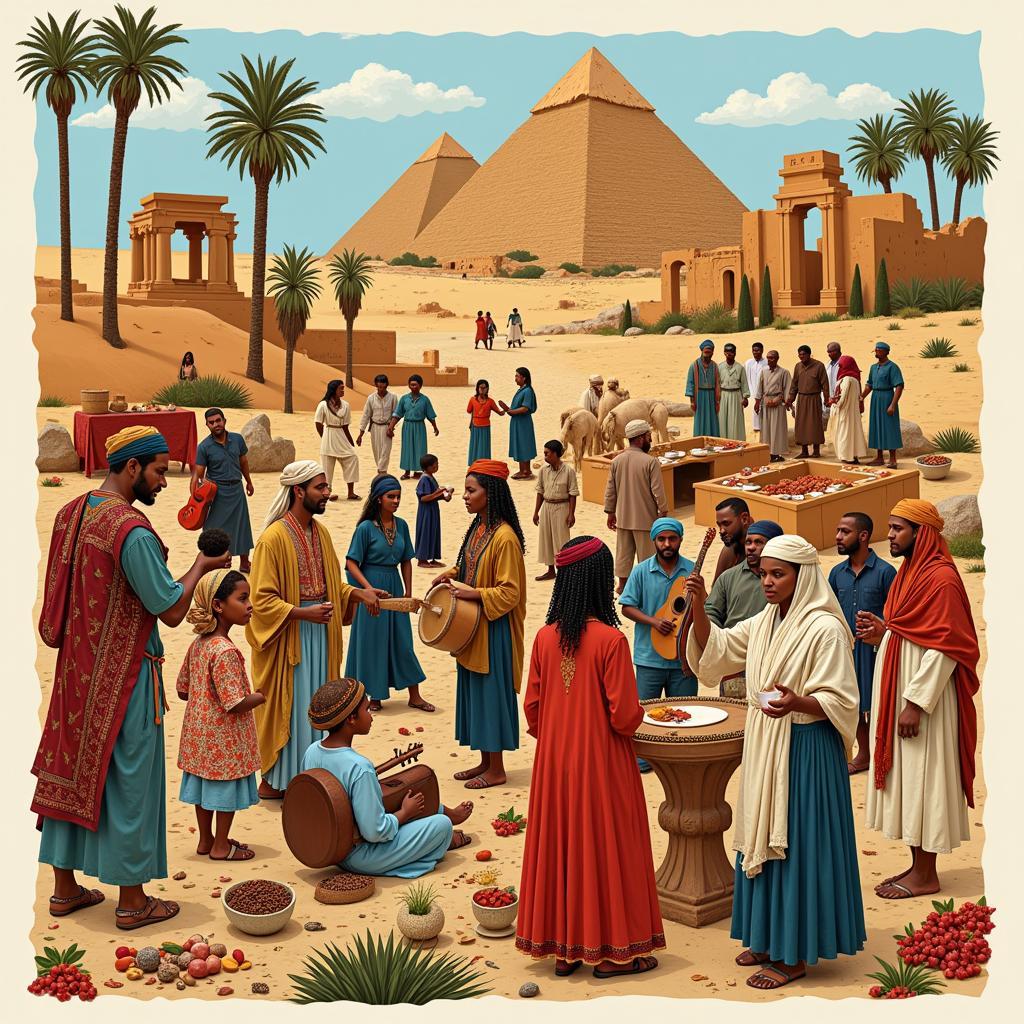Unraveling the Symbolic Language of African Flags
The vibrant tapestry of African flags, adorned with diverse colors, symbols, and emblems, offers a fascinating glimpse into the continent’s rich history, cultural heritage, and aspirations. Understanding “African flag symbols” unlocks a deeper appreciation for the stories each nation seeks to tell. More than just pieces of cloth, these flags are powerful expressions of identity, struggle, and hope, echoing the spirit of Africa’s past, present, and future.
A Continent of Colors: Decoding the Palette of Freedom
Many African flags share common colors, each imbued with significant meaning:
- Green: Often representing the continent’s lush landscapes and agricultural abundance, green also symbolizes hope, progress, and the promise of a brighter future.
- Yellow/Gold: This vibrant hue evokes images of Africa’s mineral wealth, particularly gold, a resource that has played a pivotal role in the continent’s history. Yellow also signifies the life-giving power of the sun and the warmth of the African people.
- Red: A powerful color associated with the struggle for independence and the sacrifices made by countless individuals in the fight for liberation. It serves as a reminder of the bloodshed endured and the resilience displayed in the face of adversity.
- Black: Symbolizing the people of Africa, their strength, and resilience, black represents unity and solidarity in the face of colonialism and oppression. It also acknowledges the shared African identity that transcends national borders.
Beyond the Palette: Deciphering Emblems and Their Significance
Numerous African flags feature emblems that further enrich their symbolic language:
- Stars: Often representing hope, unity, or aspirations for the future, the number of stars can hold specific meaning, such as reflecting the number of regions within a country.
- Animals: The “Big Five” African animals—lions, elephants, leopards, rhinoceroses, and Cape buffalo— frequently appear on flags, signifying strength, courage, and national pride. Other animals, like eagles, doves, and snakes, each carry their own cultural and historical significance.
- Natural Elements: Images of the sun, often representing life, energy, and prosperity, are common, while crescent moons, particularly in North African flags, often symbolize Islam. Mountains, rivers, and other natural landmarks can represent specific geographical features or symbolize the importance of the natural world.
- Weapons: While sometimes viewed controversially, the inclusion of spears, shields, or swords on flags often represents a nation’s willingness to defend itself and its hard-won independence.
 African flag with lion emblem
African flag with lion emblem
Unveiling the Stories: Examples of Symbolic Richness
Examining specific flags highlights the depth and nuance of African flag symbolism:
- South Africa: This flag, adopted in 1994 at the end of apartheid, is a powerful symbol of unity and reconciliation. Its diverse colors represent the country’s various ethnic groups coming together, while the Y-shape symbolizes the convergence of different paths towards a shared future.
- Kenya: The black, red, and green stripes of the Kenyan flag represent the Kenyan people, the struggle for independence, and the country’s natural wealth. The Maasai shield and crossed spears symbolize the nation’s readiness to defend its freedom.
- Ethiopia: One of the oldest independent nations in Africa, Ethiopia’s flag features a green, yellow, and red tricolor, symbolizing hope, peace, and strength. The central emblem, added in 1996, features a yellow pentagram on a blue disc, representing unity and the bright future of the nation.
Exploring the Evolution: African Flag Symbolism Over Time
The symbolism found in African flags has evolved alongside the continent’s history. Pre-colonial flags often featured symbols tied to kingdoms, empires, or ethnic groups. During the colonial period, many flags reflected the designs of the European powers. Post-independence, there was a surge in the adoption of pan-African colors and symbols, reflecting a shared identity and solidarity.
FAQs about African Flag Symbols
1. What is the most common symbol on African flags?
Stars are among the most prevalent symbols, often signifying hope, unity, or aspirations for the future.
2. Do any African flags feature religious symbols?
Yes, some flags, particularly in North Africa, incorporate religious symbols. For example, the crescent moon often represents Islam.
3. Why do some African flags feature images of weapons?
While sometimes controversial, the inclusion of weapons like spears or shields often symbolizes a nation’s willingness to defend its hard-won independence.
4. Are there any African flags that have been redesigned?
Yes, many African countries have redesigned their flags throughout history, often to reflect significant political or social changes.
5. Where can I learn more about specific African flags?
Numerous online resources and books delve deeper into the history and symbolism of individual African flags.
Delve Deeper into the Heart of Africa
This exploration of “African flag symbols” provides just a glimpse into the rich tapestry of meaning woven into these powerful emblems. To further your journey into the heart of Africa, discover more about the continent’s captivating wildlife:
- Learn about the majestic big 5 African animals
- Explore the diversity of the African big cats list
- Discover the fascinating African black snake
Each symbol, color, and design element tells a story, inviting you to explore the history, culture, and spirit of the African continent.
Need assistance? Please contact us at Phone Number: +255768904061, Email: kaka.mag@gmail.com, or visit our address: Mbarali DC Mawindi, Kangaga, Tanzania. Our customer service team is available 24/7.


